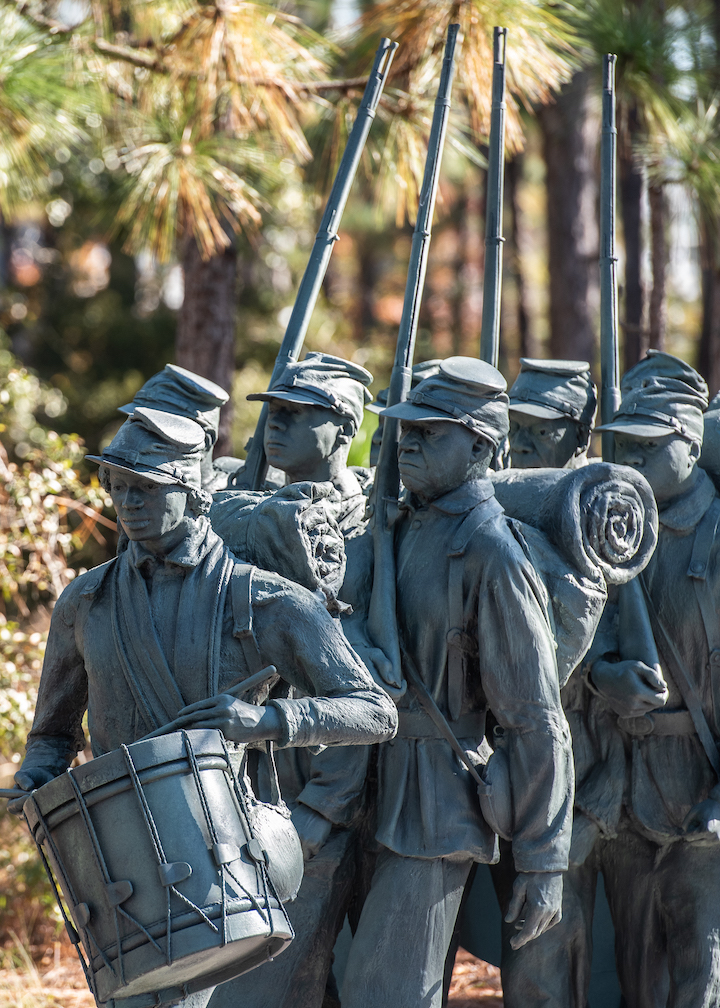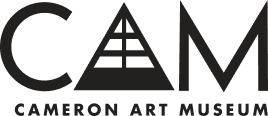Commemorating the US Colored Troops and Their Fight for Freedom

Image credit: Photography by Alan Cradick
On February 20, 1865, over 1,800 United States Colored Troops marched along Federal Point Road to the grounds of what is now the Cameron Art Museum. There, the USCT forces fought for two straight days in the Battle of Forks Road.
In the final months of the Civil War, Wilmington served as the Confederacy’s most important seaport. With railroad access, it was crucial to the supplying of Robert E. Lee’s Army of Northern Virginia, the largest Confederate Army. The survival of that army depended on the survival of Wilmington as a point of entry for blockade-running ships that brought vital supplies.
When Union forces captured Fort Fisher on January 15th, 1865, the fighting was still far from over as the USCT began their advance towards Wilmington. The Confederate forces had set up along Federal Point Road, where the surrounding marshland formed a choke point. Five regiments of USCT, many of them former slaves, fought there for 30+ hours until the eventual Confederate retreat in the early morning of February 22nd with the city of Wilmington being captured and liberated shortly after the same day. Robert E. Lee surrendered just 6.5 weeks later, effectively ending the Civil War.
But despite the significant impact of the USCT’s victory, their story today is largely unknown.
In November 2021, CAM worked with NC artist Stephen Hayes to erect Boundless. This bronze sculpture, consisting of eleven USCT soldiers, cast from the likeness of USCT descendants and reenactors commemorates the story of all United States Colored Troops’ bravery, honor, and sacrifice. Situated on the site of the battlefield, Boundless exists as a reflection of Wilmington’s past, its present, and its future and is on permanent view here at Cameron Art Museum.
While Boundless is permanent to this landscape, it is not static. It was not made, placed, and forgotten. Its narrative continues to be built and shift as our society does. The USCT Sculpture Park, soldiers who fought there, and local history connected to this story are actively being researched by our team here at the CAM. The list of names that can be seen on the back of the sculpture has expanded on our website to include more USCT who were in the cape fear region fighting for freedom.
Sources:
